Although it is well known that electric vehicles will reduce carbon dioxide emissions, especially when renewable energy is used, there are still many problems with the life of electric vehicle batteries and Electric Car Battery Disposal Pollution whether they are eventually buried in landfills, which may affect the eco-friendliness of electric vehicles.
Electric Car Battery Disposal Pollution
Electric vehicles will play a vital role in the fossil-free future of mankind, but no technology is costless. The lithium-ion batteries that power electric cars are made of metals mined for environmental protection and cost. Serious human resources and supplies will not last forever.
When these batteries run out, they are likely to become one of the thousands of tons of e-waste accumulated in the form of e-waste in landfills around the world.
How do Electric Car Batteries Work?
Internal combustion engines are powered by the combustion of gasoline or diesel, while electric vehicles are directly powered by large battery packs. These electric vehicle batteries are fundamentally different from the heavy lead-acid batteries found in conventional internal combustion engine vehicles.
Electric car batteries are closer to the batteries of mobile phones or laptops, but they are more reliable and have a longer lifespan. Electric vehicle batteries use more than 2,000 independent lithium-ion battery packs that can work together. There is no metallic lithium. A battery contains only ions: charged atoms or molecules. After charging the car, the battery is chemically replaced with electricity. The battery is used to release energy when driving.
How Long do Electric Car Batteries Last?
Hundreds of clean and rechargeable batteries in EV batteries mean that the charge and discharge capacity of each battery pack should be maintained between 100,000 and 200,000 miles. Eight years or 100,000 miles. Battery life is longer than a car… It is also worth noting that the battery technology of electric vehicles is still evolving.
Therefore, we believe that battery life will increase as technology advances and become cheaper, smaller, and even lighter. What happens to EV batteries when they no longer power cars reliably and quickly? Once the battery of an electric car loses its ability to supply power to a remote car, it still has a service life. When the battery performance of an electric car drops to 70% or lower, its “second life” begins.
The second life after 100,000-200,000 kilometers… “Electric vehicle batteries have a second life after 100,000 to 200,000 miles on the highway,” Graham explained. “The working battery has a certain remaining life. Therefore, if you have renewable energy sources such as solar panels, they can be used as a static battery storage system to hang on the back wall of a garage or staircase.
This EV battery 2d level usefulness, while paired with renewable energy, approach humans can keep on payments and grow their use of easy energy, while daylight is reduced.

Electric Car Battery Disposal Pollution Effects on the Environment
The Facebook post mentioned that electric car batteries require a lot of resources. Refers to the source of lithium. Lithium-ion batteries are used by millions of people every day in most portable electronic devices (such as phones and laptops) around the world.
A geological survey in 2017 found that electric vehicles accounted for 60% of the global lithium-ion battery market. Electric vehicle batteries are not only giant batteries but also a group of smaller batteries that make up them. Lithium may be highly reactive and is most commonly found in salts and other compounds. It is usually mined and can be made from saltwater in salt marshes.
During mining, lithium can cause deadly pollution, just like when it entered a river in 2016. The slaughter of fish and cattle poisoning in China. These dead animals triggered protests from residents. According to the US Geological Survey, most lithium is produced in Australia.
In 2019, the country produced 42,000 tons, followed by Chile with 18,000 tons. There are nearly 80 million tons of lithium on the earth. Since most electronic products rely on it to make batteries, the demand for lithium will only increase as global demand grows by nearly 9% every year.
The Department of Energy acknowledged that the industry has not yet taken steps to reduce battery costs and extend its service life. According to “Forbes” reports, lithium-ion batteries are recyclable and can be converted into more batteries.
Therefore, we need to develop more effective recycling methods for electric vehicle batteries and immediately begin to expand the recycling infrastructure. Researchers at the University of Birmingham in the U.K. in a review article
Are Electric Vehicle Batteries Sustainable?
Electric vehicles do not produce exhaust emissions, so they help improve local air quality and combat climate change. But how sustainable is the product life cycle? Batteries have different effects on the environment.
Once these effects are understood, they can be mitigated as much as possible. The figure below shows the sustainability issues of the lithium-ion battery supply chain in three main areas.
Lifecycle of a Battery
Raw materials
- Raw materials from different continents can cause emissions in the supply chain.
- Materials such as cobalt are mined in politically turbulent and conflict areas.
- The wages and working conditions in material mining countries are low.
- Some countries use manual labor to obtain some materials, such as earth metals.
Production
- Energy-intensive production leads to increased emissions and factories are related to harmful pollution of the local ecosystem.
End of life
- Electric car Batteries become unstable near the end of their useful life and may cause fires or toxic pollution in landfills.
Making the Future more sustainable
Governments, Manufacturers, and other organizations use a variety of methods to address these sustainability issues, including Introducing stricter policies for mineral-generating nations to save humanitarian and environmental exploitation.
decreasing the reliance on cobalt and different uncommon substances utilized in batteries. introducing purifier electricity grids to lessen lifecycle emissions for electric-powered cars. Another area that will improve battery sustainability will be the development of life cycle models for the circular economy. Battery technology particularly emphasizes the reuse and recycling of circular economy elements, as shown in the figure below. It is round and there is no waste.

Linear, Recycling, and Circular Economies Explained
Electric car batteries need to be charged and discharged regularly, which means they need batteries that are at least 80% healthy. Although they cannot be used in less than 80% of vehicles, they can be reused for a second use before being recycled.
Energy storage on the power grid is becoming an important part of the energy industry, so excess renewable energy can be stored for future use. In the next few years, with the production of so many electric vehicles, by 2030, used batteries can meet the annual storage demand of 200 GWh of the entire network, which is equivalent to the energy needs of more than 50,000 households in the UK.
Once the battery is no longer used for non-essential purposes, it can be recycled, which means that fewer raw materials need to be extracted. And this way Electric car battery disposal pollution can be controlled. IDEAL is a direct recycling process that keeps the cathode mixture intact, which is very attractive to battery manufacturers because recycled cathodes do not require heavy handling, Gaines notes (although manufacturers do this anyway.
You may need to reanimate the cathode by adding a small amount of lithium.) In direct processing, workers first suck in electrolytes and crush the battery cells, then remove the glue with heat or solvents, and use flotation techniques to separate polar materials – positive and negative poles.
At this stage, the cathode material looks like baby powder. So far, direct processing experiments have focused only on individual elements and produced only tens of grams of the powdered cathode, but researchers at the US National Renewable Energy Laboratory have built economic models showing that this method, when used under the right conditions, is quite feasible.
However, with direct recycling, battery manufacturers, recyclers, and researchers face a number of challenges. One is to make sure that manufacturers label their batteries so that recyclers know what type of cells they are dealing with and if they are on the cathode metal. Gaines noted that with a rapidly changing battery market, the cathode produced today may not find a buyer in the future.
The recyclers will “restore the dinosaur. Nobody wants a product. ” Another task is successfully cracking open EV batteries. Nissan’s square Leaf battery module can take 2 hours to dismantle. Tesla’s cells are precise now no longer handiest for his or her cylindrical shape, but additionally for the nearly indestructible polyurethane cement that holds them together.
The researchers note that engineers can create a robot that can speed up battery disassembly, but problems persist even after you enter the cell because many types of adhesives are used to hold the anode, cathode, and other components in place. Using recycled materials to dissolve cathode binders is so toxic that the European Union has imposed restrictions on their use, and the US EPA determined last year that it poses an “unnecessary risk” to employees.
Can lithium-ion batteries be recycled?
The good news is that although the composition is different, lithium-ion batteries can also be recycled. The bad news is that a process change is required to be able to recycle electric vehicle batteries in such a way that they can be reused, this is due to the fact that thousands of battery cells are grouped into modules, sensors, and sensors.
Transformers, safety devices, and circuits. This complexity now significantly increases the cost of decommissioning and disposal. The “loopback” system is at the heart of the aspirations of manufacturers and suppliers of lithium-ion batteries. Ongoing research has shown that this is possible, and there are many scientists working to improve recyclability.
How many lithium-ion batteries are currently being recycled?
Today, about 50% of lithium-ion batteries can be efficiently recycled, although every day Finnish companies are making great strides in developing energy-efficient battery recycling methods. With its nickel, copper, cobalt, lithium, and graphite raw materials, an active mining and metallurgical industry, and a growing manufacturing sector, Finland are in a unique position to do more with lithium processing than anywhere else in the world.
The problem with lithium-ion batteries is that some metals contain toxins that are toxic to the environment and humans. Lithium-ion batteries can also present a fire hazard if they decompose.
How can battery recycling be greener?
Recycling not only means fewer batteries end up in landfills, but it also means that far fewer natural materials will need to be extracted to sustain EV growth.
Battery recycling is the first step in the transition from a linear electric vehicle economy, where batteries will be used and then discarded, to a closed-loop electric vehicle economy that seeks to recycle materials, metal, in a battery.
What is Tesla doing with old batteries?
In December 2019, Tesla announced a partnership with scientists at Dalhousie University, Canada to obtain a new patent for lithium-ion batteries. The design is part of Elon Musk’s ambition to create a 1 million mile car battery that will dramatically reduce waste in Tesla vehicles.
Tesla’s top-performing models currently have a range of approximately 370 miles per charge and a lifespan of 300.5 million miles. As you would expect from innovation giant Tesla, the company is clearly aware of the need to ensure sustainability and reduce the environmental and financial impact of batteries.
When it involves battery recycling, the important things at gift are:
- 60% of Tesla’s batteries get recycled
- 10% get reused (battery case and a few electric components)
- All the extra is going to landfill because of immoderate expenses in recycling it
Tesla batteries are mainly made from lithium metal oxides and are free of many harmful metals that cause environmental problems. Tesla Battery Recycling Program.
How are Tesla batteries recycled?
Tesla will use a material-optimized closed-loop system to manufacture the new battery. This is not only better for the environment, but also cheaper than buying new raw materials. “The closed battery recycling process at Gigafactory 1 offers a compelling solution to the transition from energy supply from fossil fuel extraction, assembly, and combustion to a more closed battery recycling model where the end of life is reached. Reusable. ”
Nowadays, when it comes to disposing of Tesla batteries, it gets a little more complicated when trying to avoid landfilling. The total weight of all the batteries in each Tesla is around 1,000 pounds, so recycling makes sense.
All electronic components removed and tested Reused whenever possible. Cables and metals are often reused on site, while other modules are sent to the Toxco Materials Management Center. Lithium modules are frozen with liquid nitrogen, making them completely inert, making them safe to grind and grind. 3.
The lithium modules are grounded and they are grounded where they decay into fluff, cobalt, copper, and dirt. Copper cobalt is sold to recovery centers, which then decompose it into cobalt, nickel, copper, and aluminum. The grout is reused to coat the equipment. Propylene glycol is recycled on site after removal from the cooling tubes.
What do Future Batteries look like?
Though Electric car battery disposal pollution is a serious issue, as batteries are critical to the successful adoption of electric vehicles, the global driving force for research and innovation of new technologies and various batteries are expected to play a key role in the Future Battery Market.
| Homepage | EV Cars |
This post was originally published on September 29, 2022.

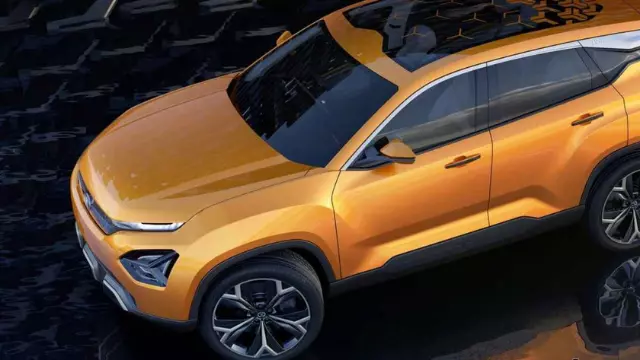
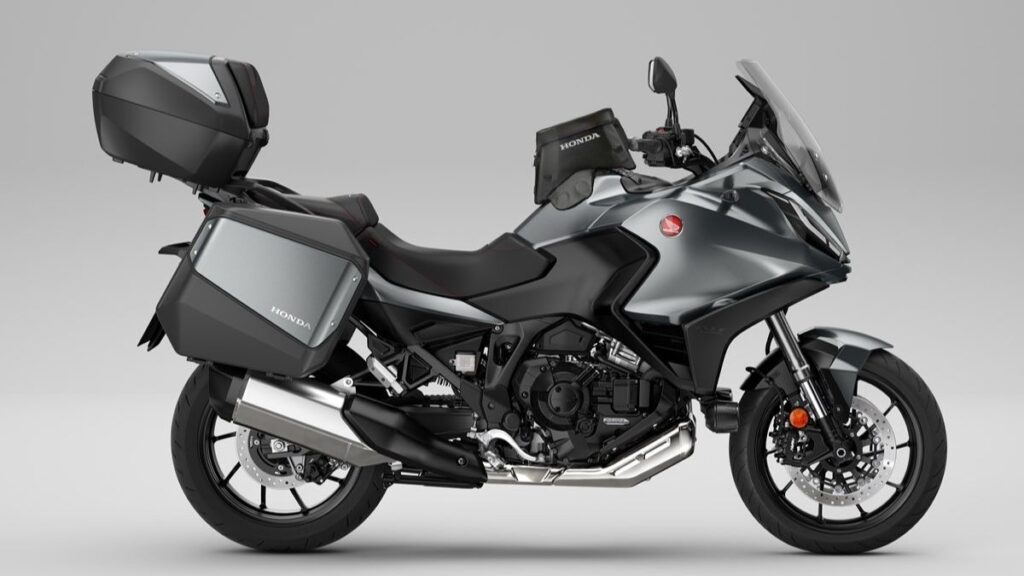
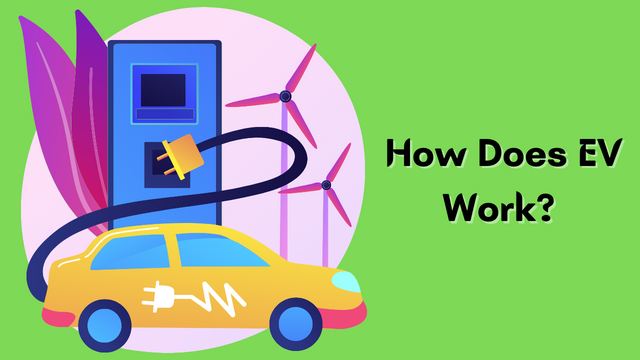
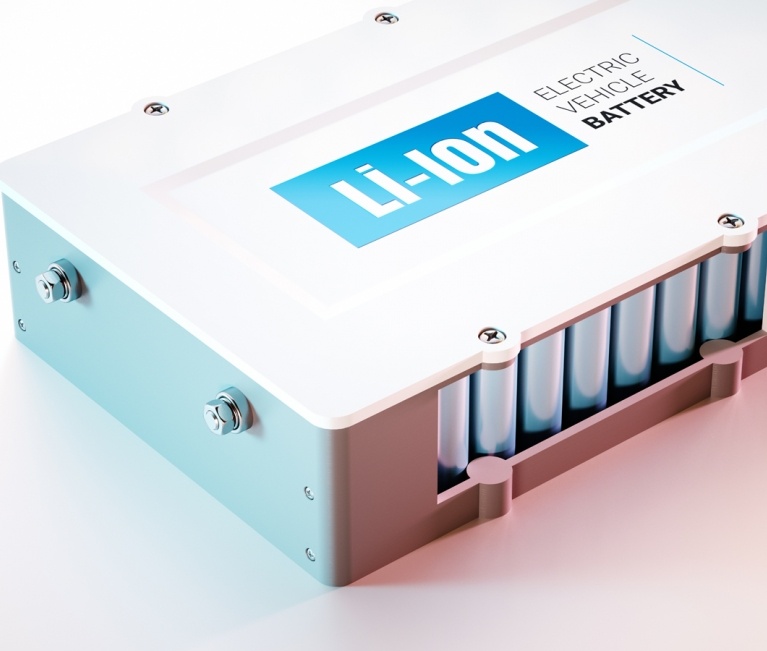
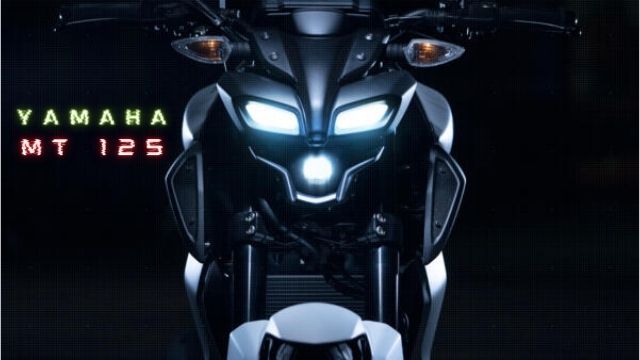


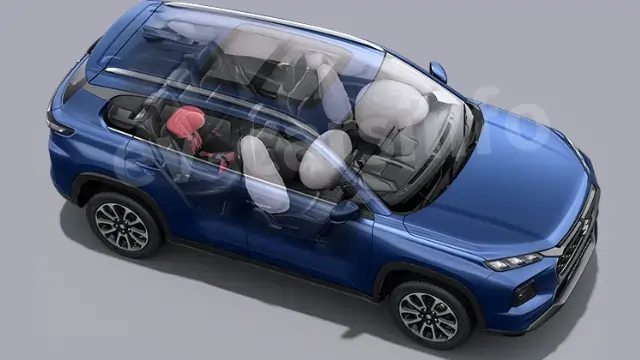

Leave a Review